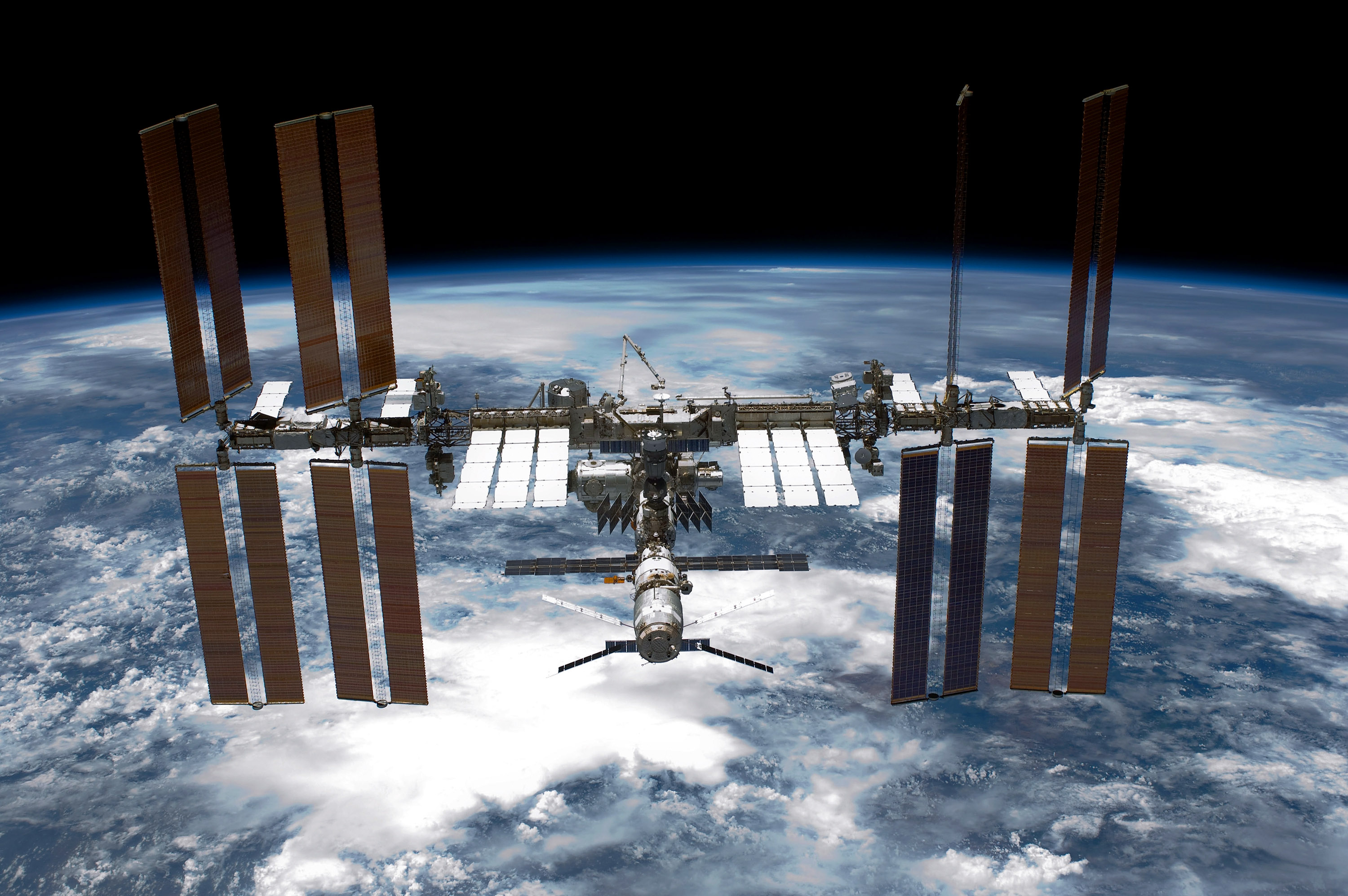British
A 17-year-old British schoolboy spots an error in the data from International Space Station’s radiation sensors.
British doctors eliminate the disease in two infants with incurable cancer by utilizing a medical first gene-editing techniques.

